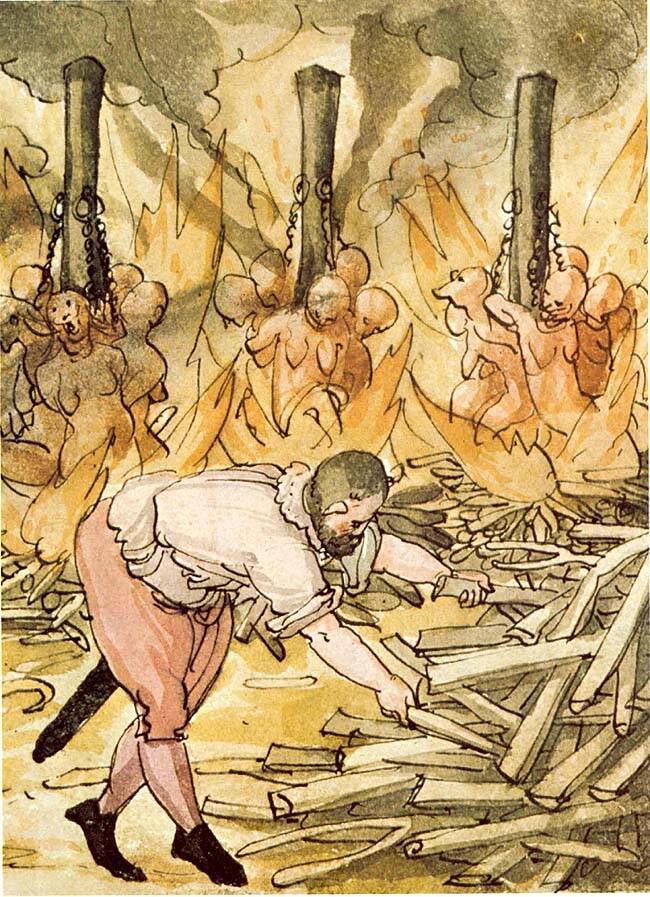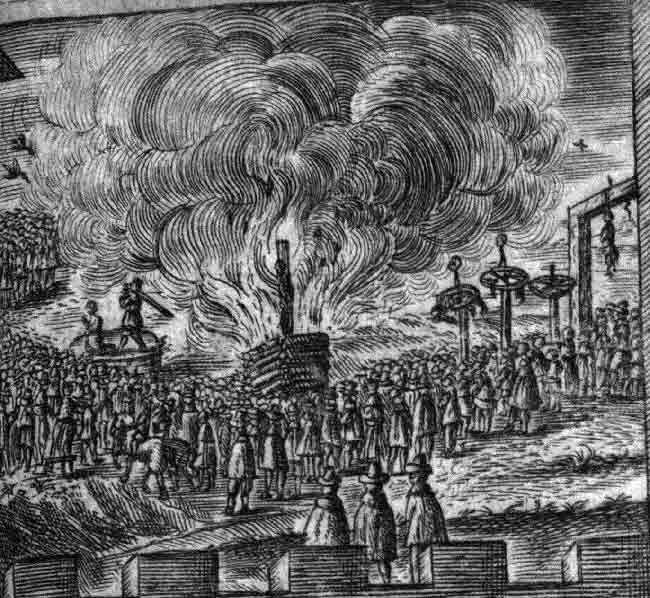The Bloody German Witch Trials In Würzburg And Bamberg

Public DomainAn illustration of burning witches. In the 1620s and 1630s, almost 2,000 people were executed for being witches in Würzburg And Bamberg.
In 1629, the Chancellor of the Prince-Bishop of Würzburg in present-day Germany sat down to write a letter. “As to the affair of the witches,” he lamented, “it has started up afresh, and no words can do justice to it.”
Würzburg and the nearby town of Bamberg were each gripped by witch hunts starting in the mid 1620s and into the 1630s. During this time, some 900 people in Würzburg and 1,000 people in Bamberg were executed.
The exact causes of the witch hunts in Würzburg and Bamberg are not entirely understood, but they did ramp up during the Thirty Years’ War. What’s more, writer Robert Rapley speculated in his book Witch Hunts: From Salem to Guantanamo Bay that failed crops may have triggered the witch hunts, as witches were blamed for “cursing” the harvests.

Public DomainWitches being burned at the stake.
Whatever the cause, the witch hunts in Würzburg and Bamberg proved dangerous for hundreds of people in both places. The accused witches were men and women, nobles and serfs, and educated and uneducated.
No one was safe.
“Ah, the woe and the misery of it,” the Chancellor of the Prince-Bishop of Würzburg wrote. “There are still four hundred in the city, high and low, of every rank and sex, nay, even clerics, so strongly accused that they may be arrested at any hour… In a word, a third part of the city is surely involved.”
As the Chancellor noted, even young children weren’t spared. “To conclude this wretched matter, there are children of three and four years, to the number of three hundred, who are said to have had intercourse with the Devil,” he grimly stated in his letter. “I have seen put to death children of seven, promising students of ten, twelve, fourteen, and fifteen.”
The witch hunts eventually lost steam as elites — like the Chancellor — began to lament their excess and worry that they might be accused next. Religious and political pressure also slowed the executions, and the bloody witch hunts in Würzburg and Bamberg came to an end in the 1630s.





